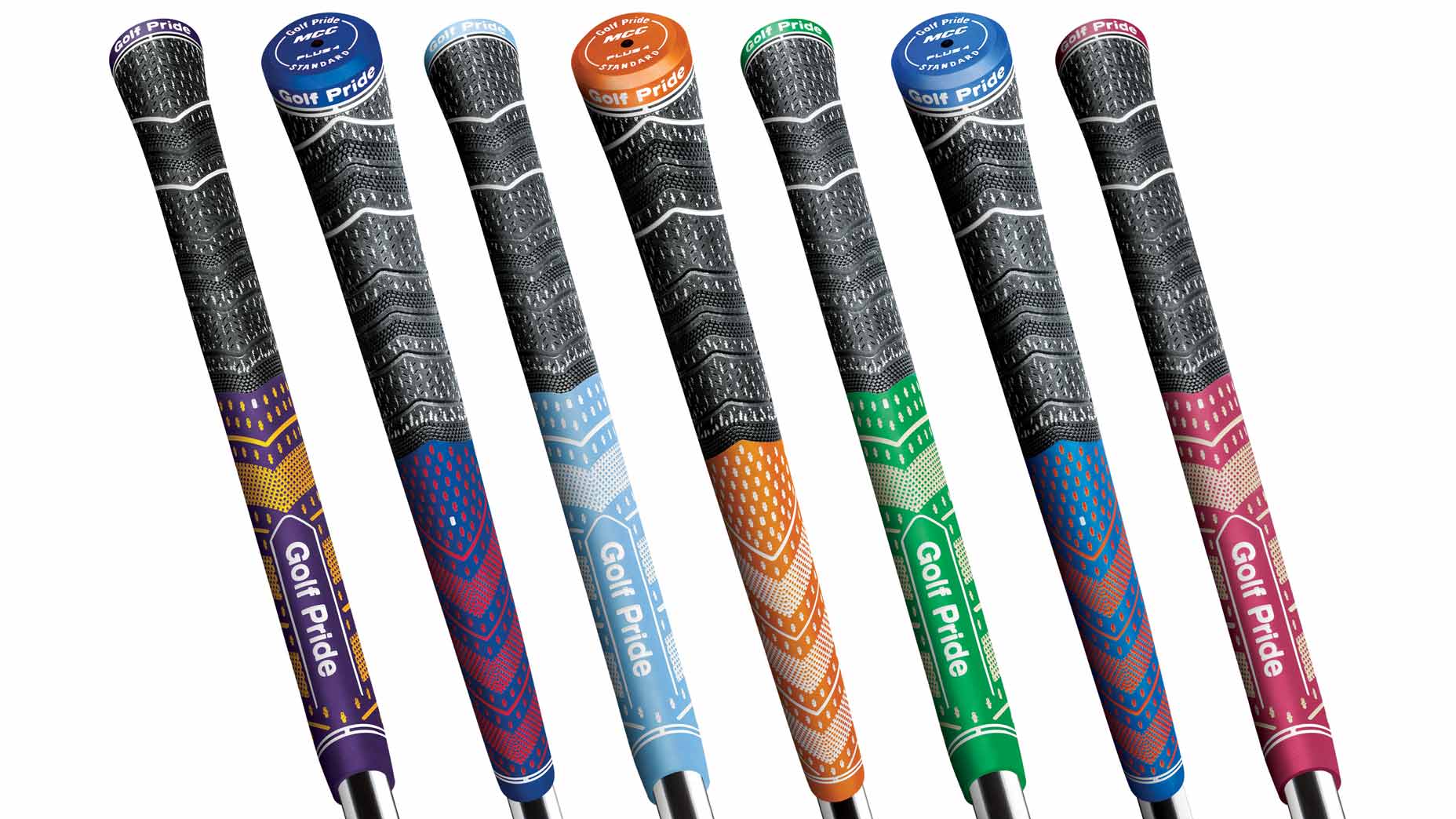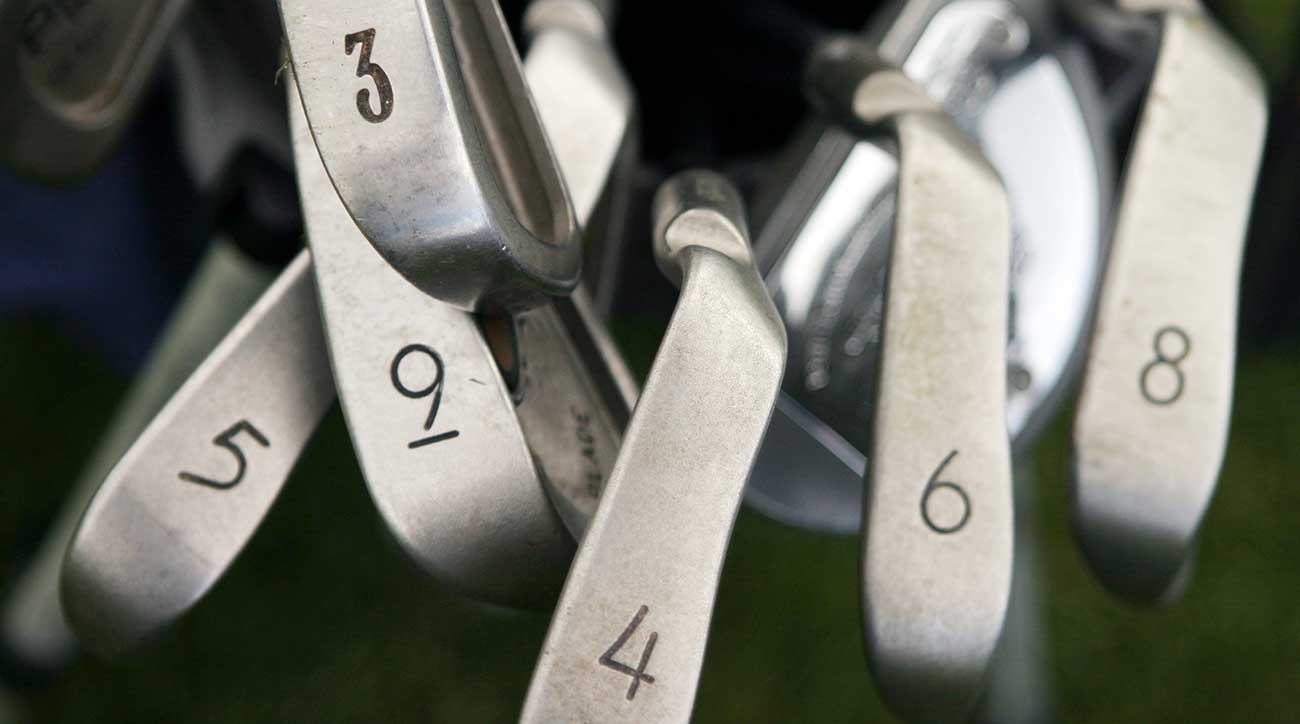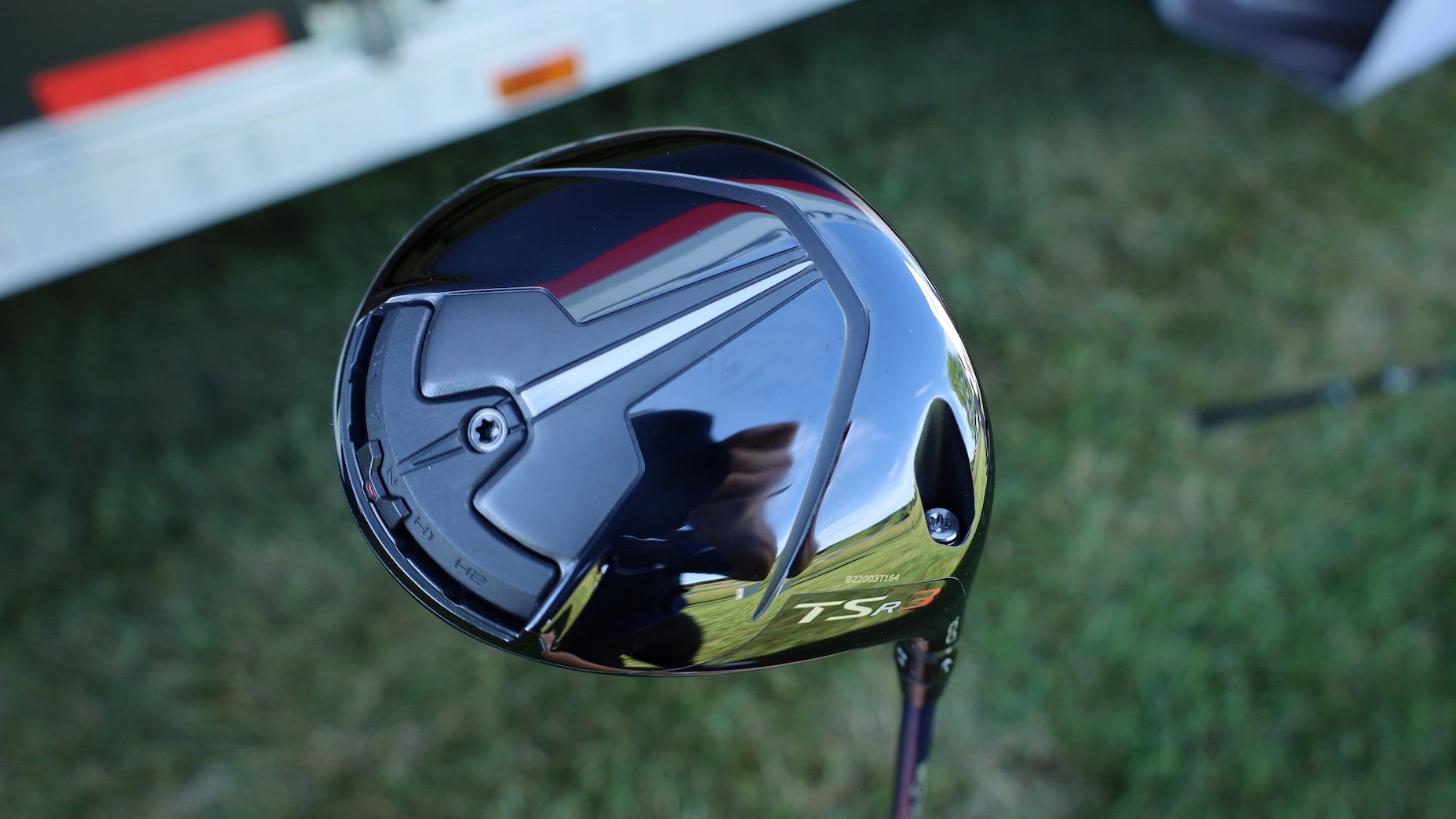Welcome to another edition of the Fully Equipped mailbag, an interactive GOLF.com series in which our resident dimplehead (a.k.a., GOLF’s managing editor of equipment, Jonathan Wall) fields your hard-hitting gear questions.
I know about driver shaft flex and weight, but what’s the deal with the torque number I see on some shafts? Is a lower number better? — Cam Burgess
Not every shaft has the torque number emblazoned on the shaft, but if you happen to play a Project X HZRDUS or Aldila Rogue — these are just a few examples — you might notice a number with a decimal point that looks somewhat out of place. It’s too small to be the shaft weight or flex (in the case of Project X products), which leaves us with one other option: shaft torque.
If this number is foreign to you, don’t worry; there are plenty of recreational golfers who’ve likely looked at this number and never bothered to consider if it was having a positive or negative effect on their game.
Torque is defined as “a twisting force that tends to cause rotation.” In the case of a golf shaft, it’s the amount of twisting (or lack thereof) that occurs during the swing. Torque can be controlled a number of different ways, but the most common is utilizing exotic materials — including Kevlar, Carbon, Boron and Zylon — to stabilize the shaft. Accomplishing this makes the profile more resistant to unwanted twisting during the swing, especially at impact. In other words: improved consistency.
There’s a reason why low torque shafts tend to carry a hefty price tag.
“As you go up in grade of material, which is actually going up in stiffness and strength of the material, you essentially double the cost of the material for every step you take up,” said designer John Oldenburg. “You can take four, five or six steps up the ladder, but the consumer can’t see it. We have to be able to explain it to the consumer, the type of material. Just calling it graphite kinda is an injustice to the product.”
The lower the torque number — it’s measured in degrees — the more resistant the shaft is to unwanted twisting. For someone like Tiger Woods or Rory McIlroy, who generate top-end speed with the driver, having an uber-stable shaft with low torque ensures they can go after the ball and not have to worry about speed affecting launch angle, spin rate and dispersion.
If you’re on the slower end of the speed spectrum (less than 90 mph), going to a shaft with higher torque properties affords the face a better opportunity of being returned to square at impact. Of course, there are exceptions to every rule. How you deliver club to ball can affect the amount of torque needed in a shaft.
As is the case with pretty much anything we discuss in this space, the best way to figure out the ideal torque for your swing is to get a certified club fitter involved.










